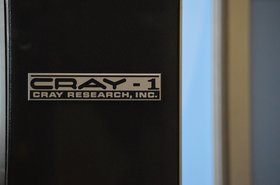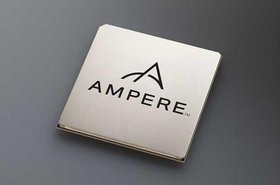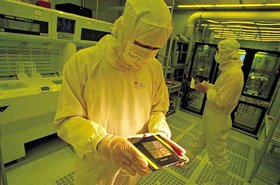Cloud behemoth Amazon Web Services (AWS) has designed a second, more powerful generation of its server chip based on the Arm architecture.
Sources told Reuters that the chip will be at least 20 percent faster than AWS’s first effort, Graviton, released last year. That processor was created by Annapurna Labs, a chip company that Amazon acquired for $350m in 2015.
Faster, cheaper
AWS previously noted that compute instances powered by AWS Graviton processors are up to 45 percent cheaper than comparable x86-based virtual machines; anecdotal reports cite savings of up to 40 percent for the right workloads.
The forthcoming Amazon chip will eschew the older Cortex A72 design used in Graviton for newer Arm technology. This will likely come from adopting the new Neoverse N1 design, and is expected to have 32 cores compared to Graviton’s 16.
The new chip will also incorporate support for a new “fabric” that will allow it to connect with other chips to speed up tasks like image recognition, says the report. This presumably refers to multi-CPU systems – Arm offers reference designs of up to 64 Neoverse N1 CPUs on a single server.
AWS is hardly the only one moving to embrace Arm. Last month, Huawei announced new products based on its Arm-based Atlas AI-centric chip and Kunpeng 920 general processor. It also announced the release of dozens of services on its Huawei Cloud platform that will be powered by Kunpeng and Ascend processors.
Huawei can be expected to double down on its Arm-based chips, given the need to overcome the reliance x86 processors from Intel and AMD – both of which are US companies – and UK-based Arm could be an alternative.
The road to Arm-based servers is littered with failed startups, with even giants such as Qualcomm having given up on efforts. However, the ability of cloud providers to customize the requisite software stack to enable Arm-powered servers means that they are well-positioned to roll out Arm chips successfully.
AWS is unlikely to switch entirely to Arm-based chips though, as server chips from Intel and AMD are still vastly more powerful, and compatible with more workloads. However, it can serve as an alternative for niche uses such as for lower-performance workloads where the price is the biggest determinant - as well as put competitive pressure on the incumbent chip makers to negotiate favorable prices for Amazon




